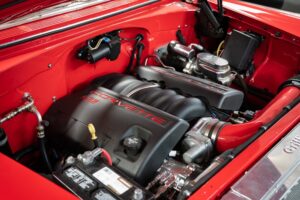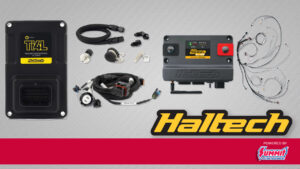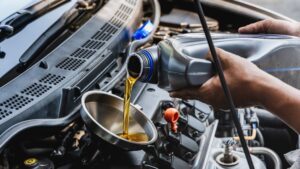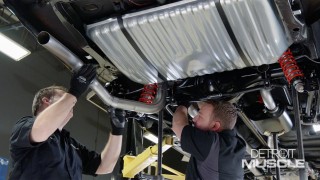How To Improve Performance Of An LS Oil Pump
Without an oil pump, pressurized lubrication to the bearings, timing set and rest of the valvetrain components won’t happen. An oil pump is just as important as any other engine component. Mike is running through how to improve the performance of an LS one.
LS pumps are driven off the crankshaft snout which means the pump is turned twice as fast as an engine with a distributor driven pump like a small block Chevy or Ford. One thing they both have in common is that they’re both two-gear style pumps.
Pumps mounted on the crank snout typically have a long pickup tube that goes down to the oil pan sump. During cold starts you want the oil to get through the pump as fast as possible to avoid any starvation issues on the pressure side going to the engine. LS engines use pumps with different pressures and flow rates depending if they have active fuel management, variable valve timing, or neither. The pump shown is a standard LS pump used on non-VBT and non-AFM vehicles.
Start by removing the hex plug that keeps the pressure relief spring and valve in place. Next, remove the torque fasteners that hold the cover on and remove the cover to expose the two gears inside the pump. Those gears pull right out so you can set them aside.
To improve flow use a cartridge roll to get rid of sharp edges and smooth out the transitions on the inlet and outlet of the pump. Remove the sharp edge on the inlet side and make a transition to the inlet side of the pump. Be sure to leave the outer ridge where the O-ring for the pickup seals. On the outlet side get rid of the sharp edges and create a smooth transition that promotes better flow out of the pump.
Want to read more articles like this?
Join the PowerNation Email NewsletterRead More from PowerNation
Video Player is loading.
Current Time 0:00
/
Duration 0:00
Loaded: 0%
0:00
Stream Type LIVE
Remaining Time -0:00
1x
- Chapters
- descriptions off, selected
- captions off, selected
This is a modal window.









